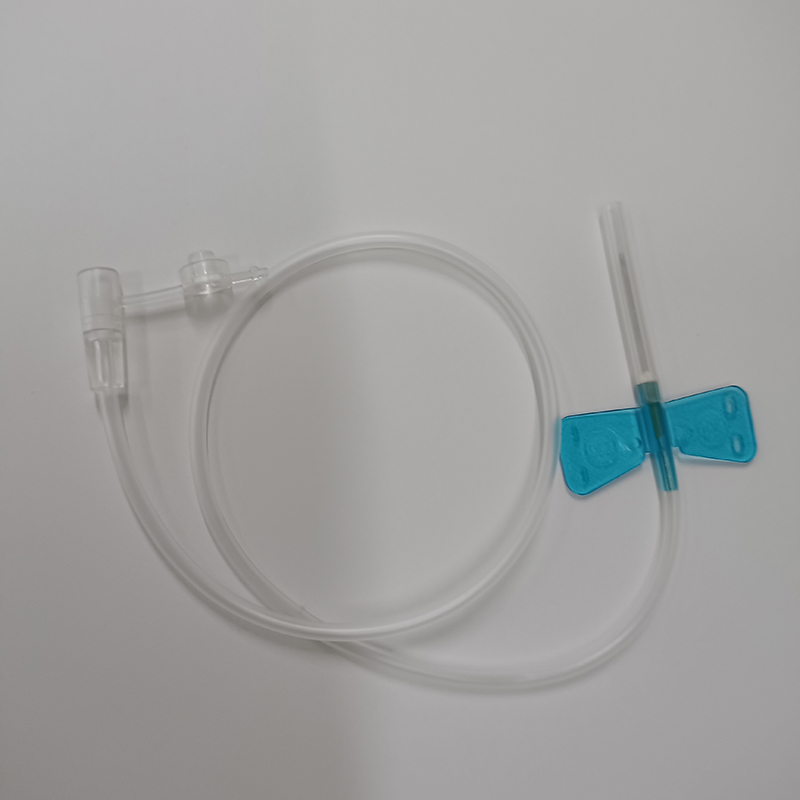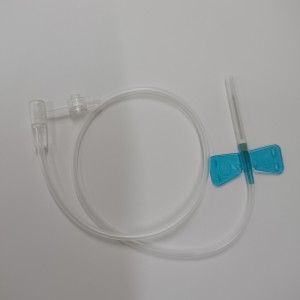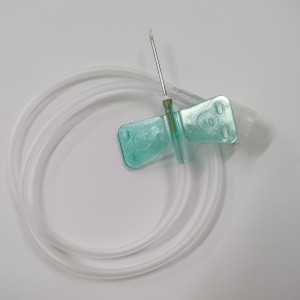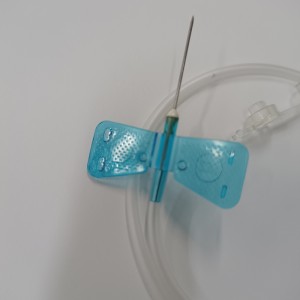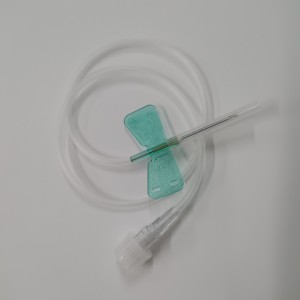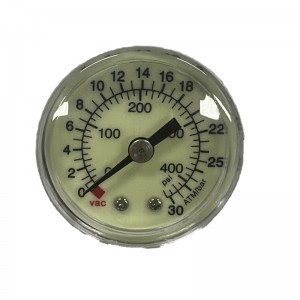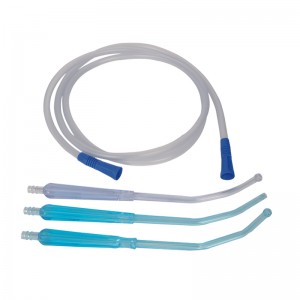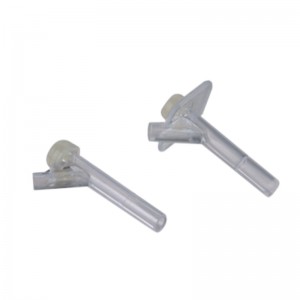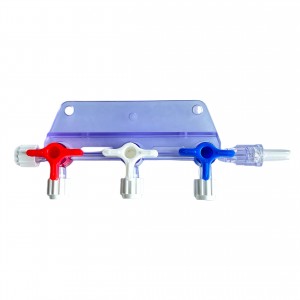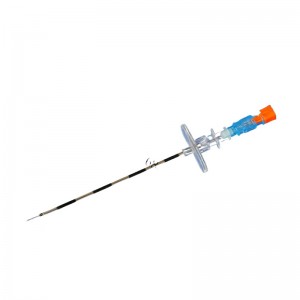Scalp vein set needle with luer slip, scalp vein set with luer lock
1. Preparation: Before infusing the baby, make sure to prepare the required materials, including scalp vein needles, infusion sets, infusion tubes, drugs or liquid nutrition, etc. Also, make sure your work area is clean and tidy to avoid infection.
2. Choose a suitable location: Usually, scalp needles are inserted into the baby’s head, so you need to choose a suitable location. Commonly used locations include the forehead, roof, and occiput. When choosing a location, be careful to avoid the bones and blood vessels of the head.
3. Clean the head: Use warm water and non-irritating soap to clean the baby’s head and make sure it is clean. Then gently dry your head with a clean towel.
4. Anesthesia: A local anesthetic may be used to reduce pain in the baby before the scalp needle is inserted. Anesthetic drugs can be given by local spray or local injection.
5. Insert the scalp needle: Insert the scalp needle into the selected location, making sure the insertion depth is appropriate. When inserting, be careful to avoid the bones and blood vessels of the head to avoid damage. After insertion, make sure the scalp needle is firmly seated on the head.
6. Connect the infusion set: Connect the infusion set to the scalp needle, making sure the connection is tight and leak-free. Also, make sure you have the correct dose of medication or liquid nutrition in the infusion set.
7. Monitor the infusion process: During the infusion process, the baby's reaction and infusion rate need to be closely monitored. If the baby experiences discomfort or abnormal reactions, the infusion should be stopped immediately and consult a doctor.
8. Maintain the scalp needle: After the infusion is completed, the scalp needle needs to be kept clean and stable. Change scalp needles regularly to avoid infection and other complications.
In short, scalp vein set needle for infant infusion is a common medical care method, but it requires professionals to operate it. Before using scalp needles for infusion, ensure adequate preparation and follow correct procedures. At the same time, the infant's response and the infusion process need to be closely monitored to ensure safe and effective treatment. If you have any questions or discomfort, you should consult your doctor promptly.

